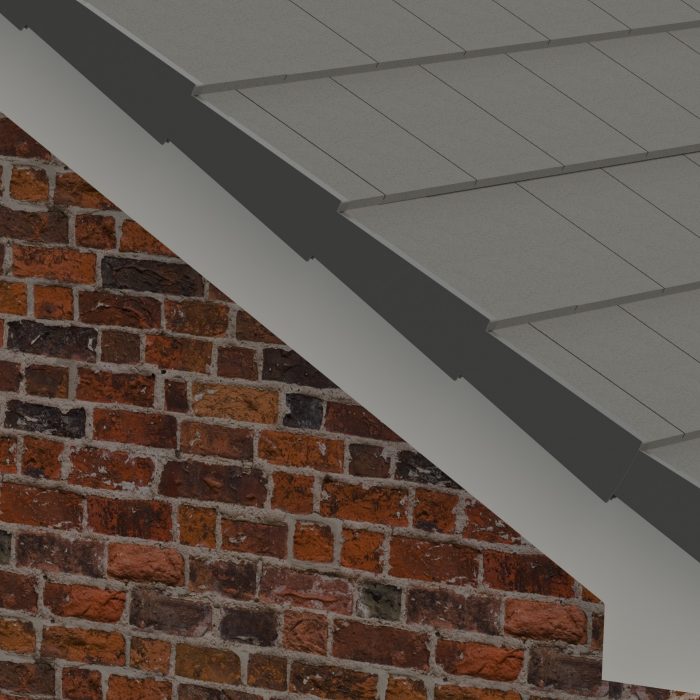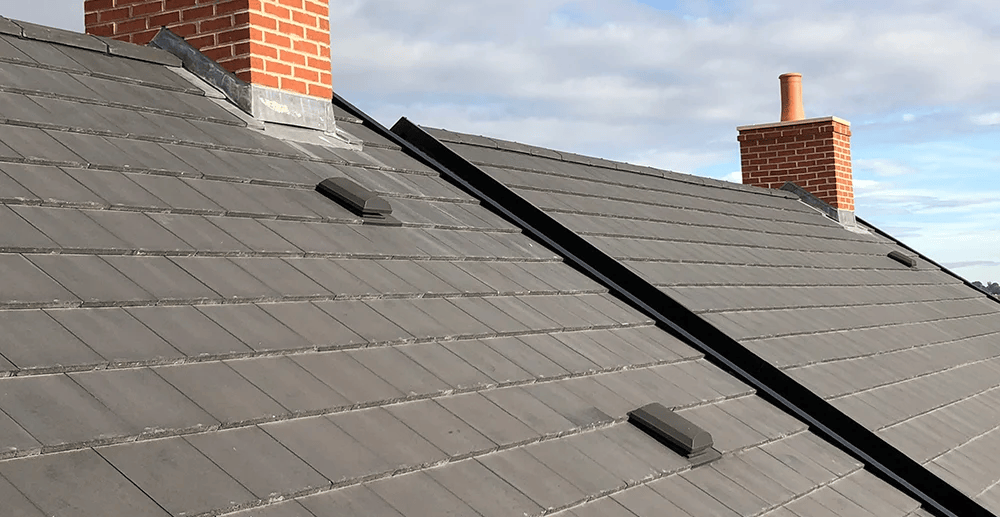Every merchant wants to stock quality products that are in demand. The question is, in a market full of choice, how do you choose? How can you make sure that your stock matches the requirements of your customers?
First, you need to put yourself in your customers’ steel toe-capped boots. What are the products and materials that offer them the most all-round value? If you can review your shop floor and yard from this perspective, you’ll be able to stock up strategically and make sure your product portfolio is perfect for your customer base.
Take natural slate for example. It’s a great material that offers a special aesthetic – there’s no arguing with that. But while certain projects will specify slate (and as such there will be a section of your customer base that will always require it), it’s not always a viable option for every project. Which means there’ll be a significant proportion of your customers looking for something different. Practical alternatives. Products that give projects a similar quality aesthetic and equivalent performance, but without the price tag, or indeed to avoid some of the associated issues around installation and wastage. If you have those products too, then you’re better able to cater to your market as a whole.
Materials like clay, concrete and slate resin are ideal in this sense; they help to make up a portfolio with broader economic and aesthetic appeal. Both clay and concrete can emulate slate in appearance, match it in terms of life-cycle and durability, while also adding a few of their own unique properties. For example, although many people enjoy the appearance created by the natural fading process that slate undergoes over time, others would prefer (or require) a material that’s able to keep its tone and hue for the entirety of its lifecycle. Clay, being naturally colourfast, fits that bill. Likewise, concrete, offers a particular versatility of product: the tile surfaces can have a finish of smooth or textured, and the edges can be produced in a wide variety of forms.
But perhaps the real importance and value of a materially diverse portfolio is relating to some of the more pragmatic factors like installation and wastage. These considerations aren’t related to how the product looks but make a huge impact on the cost efficiencies incurred during the project.
Again, natural slate is a great illustration of this because its desirability (in comparison to other materials) needs to be balanced by factors both in the merchant’s yard and on site. Firstly, it’s easily breakable. That means any transportation brings with it a high risk of breakage, as does handling on site. If not done with care, skill and experience, natural slate can also be quite easily broken during preparation and grading and even during drilling and riveting. Indeed, sometimes wastage can be as high as 20-25%. Needless to say, for both merchant and contractor, every broken tile hurts the bottom line.
To round off, let’s consider installation. Part of the reason tiles break during drilling and grading is because it’s an intricate, time-intensive process – one that not all projects can afford to allow for in their critical paths. Which is why – to build on an earlier point – offering high quality alternatives is so important; merchants should ensure that their product portfolio is able to attract the broadest subset of customers. Modern slate alternatives like clay and concrete can be far easier and more efficient to install on-site. These materials tend to be lighter, more adaptable and avoid some of the processes mentioned above therefore, they can be installed more quickly, all in all lowering overall project costs. It’s the same with slate resin tiles: as well as effectively matching the slate aesthetic and hugely reducing wastage, they are so simple to lay that they don’t require traditional skills. At a time when construction skills shortages are acute, that’s a major consideration.
We are not at all suggesting that merchants shouldn’t stock premium products like natural slate. They should. Slate tiles offer a traditional aesthetic that will cater to a segment of your customer base. The point we’re trying to make is that your choice of products should be designed to cater for every segment of your customer base, with all the cost, time and aesthetic pros and cons of each and every material factored in. Stocking genuine alternatives – such as clay, concrete and slate resin – aren’t just good options, they’re good business.
To find out more about Wienerberger, please visit our website.




